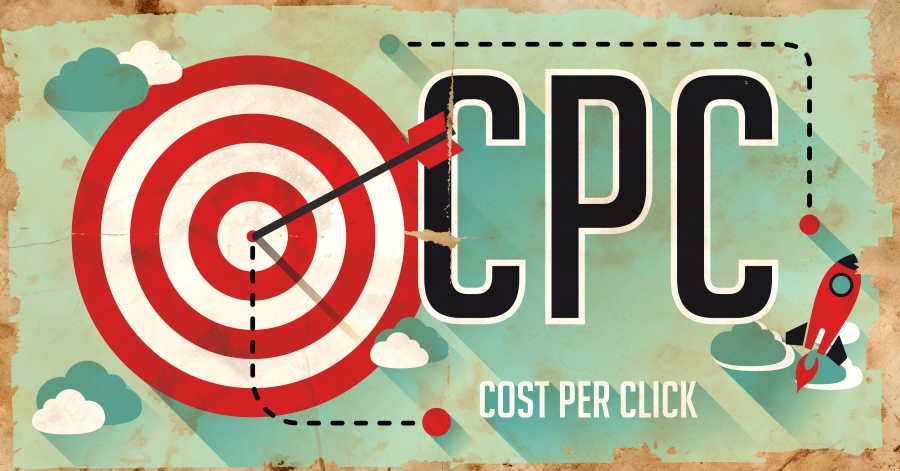Table of Contents
CPC means cost per click. This post will give you the most important information about CPC in Google Adsense. Blogging is a relatively new and effective way to earn money online, but how do you go about getting started? There is a lot of chaos about what CPM, CPC, CTR, RPM, CPA mean. These acronyms can come up with Google AdSense, so I decided to delve deeper and find out precisely what they meant. What I discovered was both exciting and helpful.
After you are done with creating and approving your AdSense account, it is time to learn the terminology of the AdSense world.
Many people get confused or have no idea about the terms such as CPM, CPC, CTR, RPM, and CPA.
Here are the fancy names you will hear:
What CPC in AdSense Ads Mean
CPC: CPC stands for Cost per Click, which is the amount of money you will earn from clicking on an ad displayed on your website.
A Google AdSense ad unit is like a link. When someone clicks on the ad, it will take them to another website relevant to the keyword you have specified for that ad unit. The amount of money you will earn per click depends on what that advertiser has set as their maximum cost per click (CPC).
For example, if an advertiser has set a maximum CPC of $2.00 and someone clicks on their AdSense ad displayed on your website, you will be paid $2.00 by Google AdSense.
CPM: CPM is the cost per mile, and it means the cost of having your advertisement shown 1,000 times.
It is taken from Latin mille, “thousand, and “hence” mille” (plural “mille”). The CPM for any medium with a finite audience is the same for every advertiser. The ad’s size and location do not affect its CPM, and it is only affected by the number of times it is shown.
The CPM formula is, therefore:
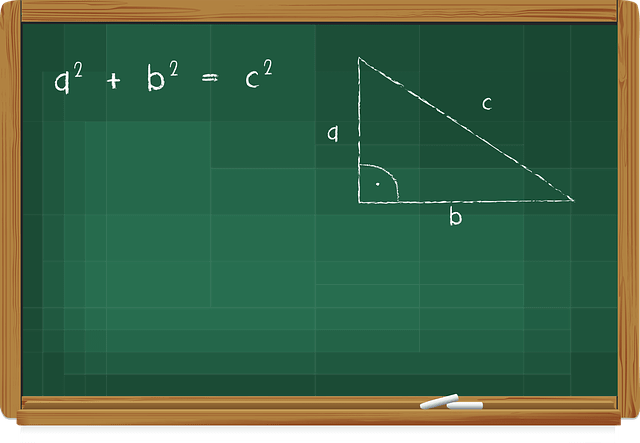
CPM = (Ads shown x 1000) ÷ (Cost per impression)
For instance, if an ad has been shown five times and each time has a cost of $0.20, then the CPM is ($5 x 1000)/$0.20 = $50.00.
If the same ad were shown ten times with a cost of $0.05 per impression, then the CPM would be ($10 x 1000)/$0.05 = $200.00
CTR: CTR in Google AdSense? Yes. More clicks mean more money. CTR is a metric that determines how many people click on your ad. The higher the CTR, the better. It can be a valuable indicator of how well you’ve written your ad copy and its relevance to your niche audience. As with all metrics, it’s not an end in itself. But it’s a measurement of how well you’re meeting your audience’s needs and how well you’re doing against your competitors.
Trying to increase CTR is a bit like getting more phone calls from your direct mail campaigns: It’s a good thing if you can do it, but the real point of doing direct mail is to sell more stuff. Similarly, the purpose of AdSense ads is to produce revenue for the website owner. So if you have high CTR but no conversions (that is, no sales or leads), then you haven’t succeeded at making any money — even though you may have gotten a lot of clicks.
RPM: RPM in Google AdSense is used to describe the revenue per 1000 impressions. It is often used in conjunction with CTR (click-through rate) to conclude a good RPM within a specific context.
RPM Metric
The RPM metric can indicate how well targeted your keywords are and how relevant your ads are. A high click-through rate will allow you to have a low cost per click and thus lower the cost of each impression. One factor worth considering is that if the click-through rate is too high, advertising costs will increase due to Google’s policy of charging more for highly targeted ads that are likely to convert.
CPA: What is CPA in Google AdSense? And how to calculate it?
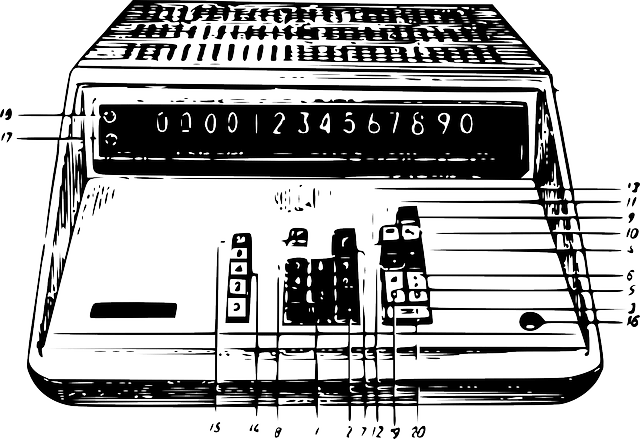
The term “cost-per-action” or CPA is not new to the world of internet marketing. It’s been a common practice for years now, and it is one of the most effective ways to drive traffic to your websites. However, you need to know that the concept behind CPA is not just based on getting more traffic, and the main target is converting that traffic into a sale or getting them to subscribe to something.
AdSense offers a CPA (cost per action) model to advertisers.
It is a low-risk way to make money with AdSense. It’s not without its risks, though, and it’s essential to understand the model before you jump in.
How does it work?
The basic idea behind the CPA model is that rather than paying per click, you pay when someone takes action (the action is specified in the ad unit). It can be any action:
- Registering for a free trial
- Purchasing a product or service
- Filling out a survey
How to Increase CPC and CTR?
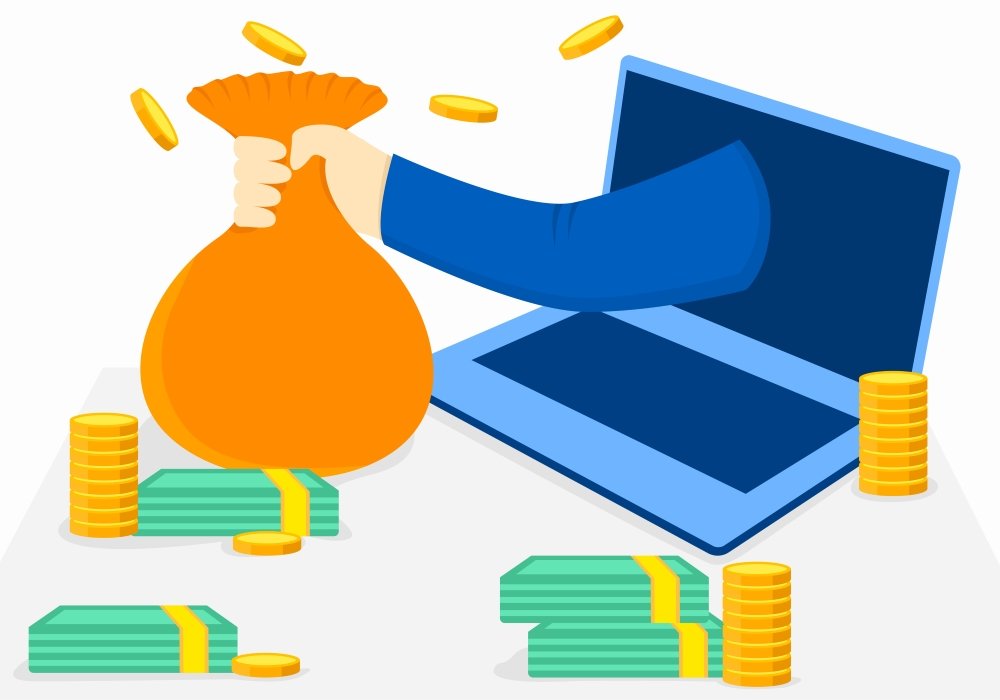
Google AdSense is a popular and effective way to monetize a blog or website.
I am trying to figure out how to make more money from AdSense? Here’s how I did it.
Blog Niche
I highly recommend that you niche down your website to maximize your AdSense income. And I have several websites, all of which focus on a different niche. I target specific keywords on each blog post. Which makes it easier for me to optimize my content around those keywords (as well as write better content in general). For example, my leading money site is focused on dogs. So, when I write articles, they are usually related to dogs and dog training. In contrast, another area of mine is focused on style and fashion, so I can quickly write about those topics without worrying about writing off-topic articles.
Research Profitable Keywords
After deciding on the focus for your site, look for keywords that people use when searching for content related to your topic. These keywords will help you get relevant traffic. And make it easier for advertisers to find you and place ads on your site. And make sure that your content is interesting enough to keep those readers clicking on your ads. Remember, when using CPC in google Adsense, your goal is to get as many clicks as possible from your AdSense ads so that you can maximize your earnings from these clicks.
Ads Placement in Website or Blog
The placement of the ads is often a compromise. You want to make sure that your readers are not distracted by the ads. At the same time, you want to make sure that you are getting as many clicks on your ads as possible.
Tested and worked from my experience, here are some tips to maximize CPC in google adsense and CTR:
The best place for AdSense ads is on the right side of your website, as shown in the image above. It is because people tend to read from left to right and top to bottom. This means a visitor’s eyes will go down your page before returning again – unless they are reading something exciting.
This means a visitor will see any AdSense ads before their eyes move down the page. It gives them a higher chance of clicking on it, which in turn would increase your CPC in google adsense and CTR.
(a). Ad Placement (300×250)
Never put your ad code on the left side of your blog. It is because most people scan web pages from left to the right, so they will never see your ads if it’s placed on the left side of your blog. Therefore keep the ad on the right side of your blog instead.
(b). Ad Placement (728×90)
If you have a sidebar on your blog, place your ad codes here. Because they will get both attention from people who are reading articles in their main browser window and from people who are scanning through articles in the sidebar. If you do not have a sidebar, then place it above or below the post content (not always work).
Tough luck
Content is indeed a king, for it can create a following or destroy your business. It means that content is what people are looking for online. If they find quality content, they share it with their friends. Which leads to more traffic, more links, and a higher ranking in Google search results. They become loyal readers and continue reading your content over time.
On the other hand, if they find low-quality content (or even no content), they leave your site immediately. And get irritated because there was nothing of value for them on your website. The visitors don’t return.
Google knows this well. They have a stringent policy regarding quality content. This is why they have a special filter known as the Panda filter. It can penalize your site’s rankings if it finds low-quality content.
Although you should avoid writing low-quality content, you should not feel obligated to write only high-quality articles. There are other factors involved besides just writing great articles. You should need to pay attention to site design, social media optimization, and overall user interface.
Pages That Convert and Attract Visitors

To increase CPC in google adsense and CTR, you need to emphasize design and ensure that you are not displaying the same advertisement from your Adsense account on each website page. It would help if you showed targeted ads on the different pages of your website.
You may want to use various ads on a single page, but try to keep the total number low. It will help you stick with one theme and avoid looking like your site is scattered with ads.
Furthermore, you must ensure that your website is easy to navigate and pleasing to the eye. It should be a smooth process for users to get the information they need from your site by clicking on the ads on your site.
This way, you are sure that your visitors will come back again and again. Because they will get what they want from your site each time they return. It is also vital for Google AdSense CPC and CTR to get higher earnings from this program by displaying relevant ads at the right time.
Location is everything
When someone looks for a word on Google, AdSense automatically shows relevant ads based on the page’s content. So if you’re writing about boats and boating accessories, it stands to reason that you want your ads to appear when someone is looking for boats and boating accessories. Although Google AdSense depends on the content, it also depends on the searcher’s location. The closer these two are to one another, the more likely your ads will be displayed when someone searches for related terms.
On-page SEO is important for increasing AdSense revenue.
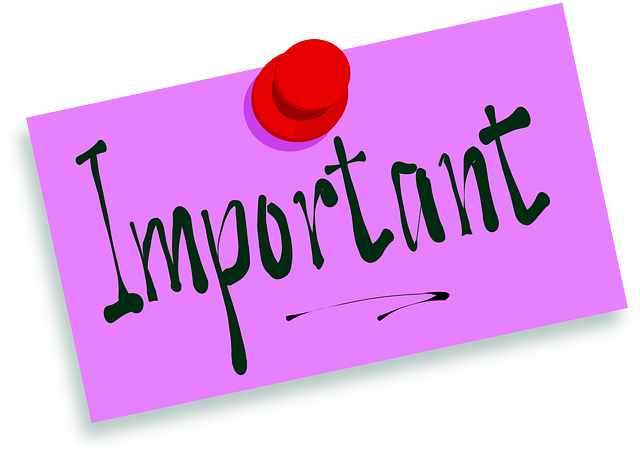
On-page Search Engine Optimization refers to optimizing the content of your web pages. So that they are more likely to be relevant and valuable to a specific keyword phrase. The more likely your page appears for a given keyword phrase, the more likely you can attract visitors who will click on your Google ads. It increases your AdSense CPC because you get paid extra when people click on your ads.
Factors that Contribute On-Page SEO Include:
- Proper use of keywords in the title, meta tag, URL, and content of a page
- Adequate use of anchor text in links within a page
- Use of synonyms or related phrases in the range of a page and link structure within a page
- Quality links pointing to a page
Google AdSense Ads Placement Policy Violations
Google AdSense ads can appear on many sites, including blogs and web content. And Google requires that the ads be relevant to the site’s content, and as such, the ads are placed in text boxes on the page. It means you should avoid putting AdSense ads on pages with material that is obscene or pornographic. You can’t place ads on pages containing hate speech or speech that advocates violence or physical harm.
Avoid duplicate title tags in your HTML code. Google AdSense bans people from using the same title tags. Because Google doesn’t want its ads to appear next to competing ads. If you have multiple H1 tags on your page, you need to remove any duplicates, as Google will flag them as duplicate title tags.
The last thing you must be aware of is how AdSense can impact the rest of your site’s search engine rankings. If you run AdSense on a large portion of your site, search engines will see this as a conflict of interest and may choose not to rank your other pages highly in their search results pages since they know that someone searches for something related to one of those topics.

